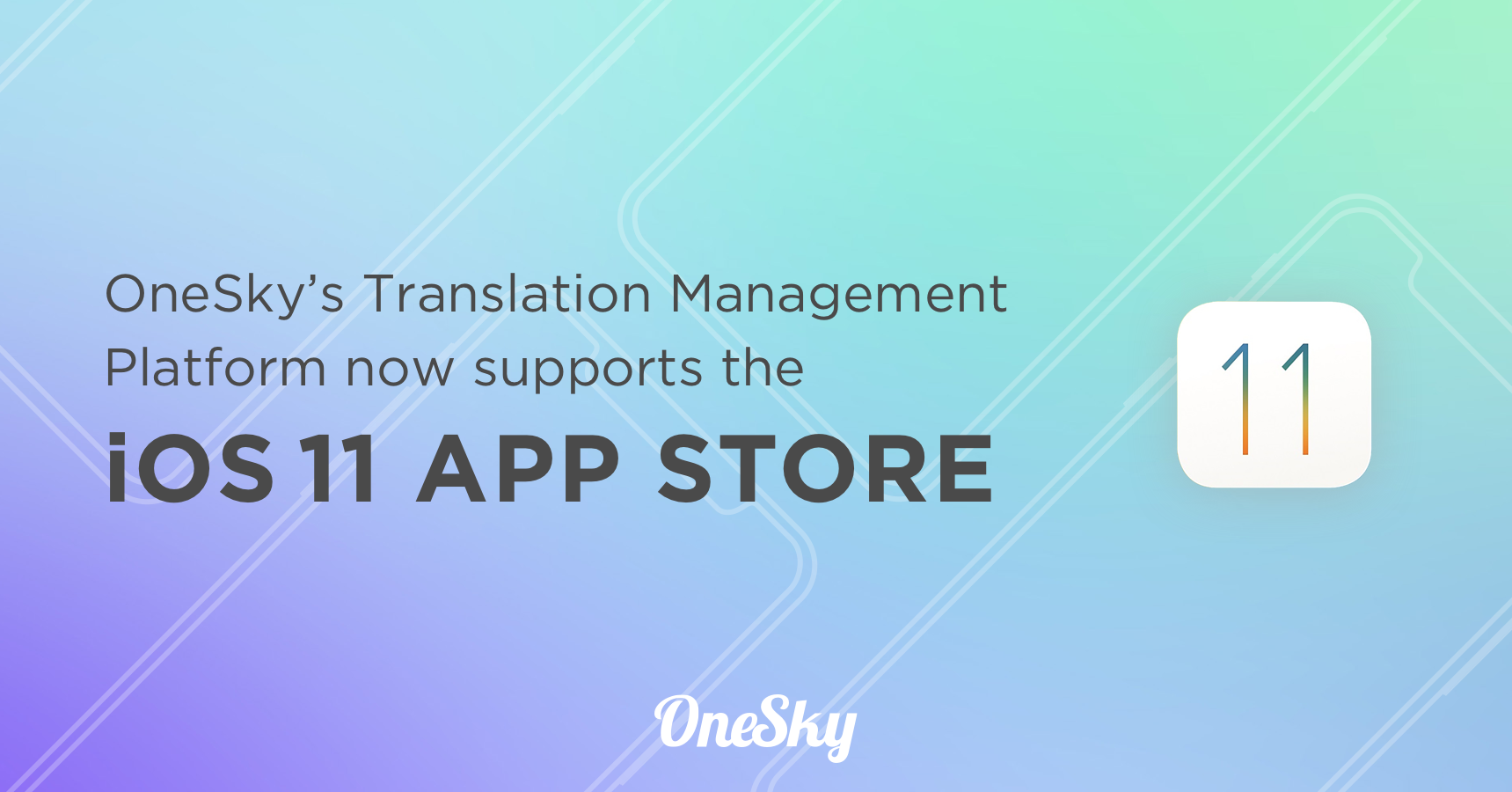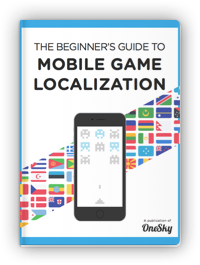Mastering Internationalization Strategies for Business Expansion
What is an internationalization strategy?
Internationalization strategies are the driving force of global expansions for all brands—no matter what your structure is or what you’re selling. The right strategic decision empowers the sale and adaptation of your products and services for the foreign market that you plan to enter, and it’s considered by many to be the very essence of international business.
International strategies address the discrepancies that “local-only” products and services can miss, as international markets have different needs or preferences that need to be addressed before a product can be truly impactful. It’s a non-negotiable part of any successful global strategy, and has been done successfully by several multinational brands and corporations (MNCs)—such as McDonald’s, Starbucks and others.
The question is: How did they pull it off? How can entrepreneurs and business leaders truly master the internationalization strategies needed for business expansion?
Below, we’ve summarized the key components of their success into condensed, achievable concepts. We’ve also offered insight into how you can successfully implement the concepts into your global expansion strategy—starting today.
Key Components of Successful Internationalization Strategies
There are several key areas of internationalization and business strategy that must be implemented to truly attain economies of scale in your organization. Here’s how you can leverage each concept into a strategic management framework that allows for sustainable and consistent growth in your local market and new market(s) on the international stage.
Comprehensive market research
Any strong transnational strategy with internationalization as a core focus will rely on strategic planning and local market research. You can reference case study summaries from other relevant brands, direct research done virtually or via on-ground immersion and firsthand accounts as you work to build your ideal consumer profile—otherwise known as an ICP.
Once you’ve determined who you’re selling to, you can then analyze market trends and what the competition is doing to cater to that specific ICP. Feel free to get as granular as you want, and A/B split test your initiatives until you find your winning formula. International expansion takes time and requires endless testing and optimization, so focusing on building value chains for very specific, optimized ICPs may prove to be more fruitful in the long run.
Product or service adaptation
While you may have a competitive advantage that is inherent to your brand offering, internationalization invites business owners to take it a step further—optimizing every element of your product or service for acceptance and optimization in different markets. It’s a direct investment in your future, which is a move that many SMBs may not feel prepared to make. However, it is one that can pay off and fund the expansion of the next steps in your multi-domestic strategy.
There’s more to an internationalization process than simply optimizing product and service offerings, though. Other elements have to be considered from the context of the software and infrastructure that governs a brand, such as a brand’s delivery structure, organizational flow and marketing materials. All elements of the flow that are optimized should be run through multiple checks for cultural, linguistic and regulatory requirements that may vary in the global market arena.
Localization and translation
Localization is a bit different compared to internationalization, focusing instead on the actual messaging and content that is going out to your clients. Adapting content and communication materials through localization and translation is imperative, as is ensuring that it’s accurate and culturally appropriate across contexts and dialects.
A skilled linguistics expert can help you to get the most out of this step, avoiding missteps that can happen with AI-driven solutions and software options.
Legal and regulatory compliance
Internationalization can also have a legal context as well, especially when it comes to business laws in the global business area you’re looking to expand to. Ensuring that your service or goods are within compliance with local laws and regulations is a must.
There’s a specific emphasis that we want to place on intellectual property rights and data privacy, specifically when it comes to software internationalization or localization/internationalization of a website. Laws can vary depending on what different countries you’re operating in, and business internationalization strategies must account for these nuances for the most clear and risk-mitigated path to growth.
Effective Implementation Strategies for Internationalization
Now that we know the most critical steps of your internationalization strategy, it’s time to take a look at best practices that can help you to make your strategy a smash success as you make your debut on the global stage.
Establishing Strategic Partnerships and Alliances
Internationalization operates on a broad scale. While you do have competitors, it’s important to look beyond the haze of competition and identify strategic alliances you can form—whether they are co-participants of your industry or not. These strategic partnerships can open up new avenues of growth, possibly accelerating your rate of expansion and offering you the sustainability and resilience that a global network can offer.
You can also take the opportunity to learn and benefit from these partnerships, taking the liberty of using their knowledge and expertise to refine your own internationalization and localization strategies. These native connections will likely be able to point you in the direction of agents or entities that can help you to grow more efficiently.

Creating a Scalable Infrastructure
As you work to develop an internationalization strategy, it’s important to keep scalability at the forefront of your plans. While your strategy should be comprehensive, consider keeping it as flexible as possible. Operational capability should be considered at every step of your plan’s formation, ensuring that it is “doable” in a sustainable, brand-forward way.
Key elements to consider during this step in your process include:
- Supply chain requirements. These can differ significantly depending on where you are expanding to and what product or service you are selling. Taking local and international law into account, as well as the other logistical elements of distribution processes, is key to success in this step.
- Organizational project management. You’re going to need a network of team members to oversee your operations, both native to the country of expansion and back at home. Acknowledging this early on and allocating resources can set you ahead of the curve.
- Marketing and content distribution. How will you market? What are the legal privacy requirements of your home country? Elements of marketing will need to be considered in this process as well, despite its usual association with a localization strategy.
Implementing Robust Marketing and Communication Plans
Many might wonder: Where does marketing fit into the context of internationalization or localization? The truthful answer is….in both categories. While marketing on page and on channel generally falls within the category of localization, it can be in the scope of internationalization as well.
For example: When your clients encounter your optimized and localized post or content, they’ll need somewhere to go. Rather than send them directly to a U.S. or country-exclusive page, you can send them to a completely separate and internationalization-oriented customer experience—featuring tailored marketing strategies for your ICPs in each country, as well as native experience elements (such as RTL site language experiences and automatic currency translation).
Don’t Leave OneSky Out of Your Internationalization Strategy
Internationalization is always worth the investment, as it lays the foundation for a successful global expansion and brand awareness on a broader scale. Translation management systems are one of the most critical elements for the health of your internationalization strategy, as they enable your content to impact your targeted market in other international regions.
OneSky continues to lead the industry, offering innovative and user-friendly TMS that is tailored to your needs—giving you a done-for-you solution you can count on to simplify your expansion process. For more information and to get started today, please connect with our experts. We look forward to speaking with you!




 Written by -
Written by - 





 Written by
Written by 


